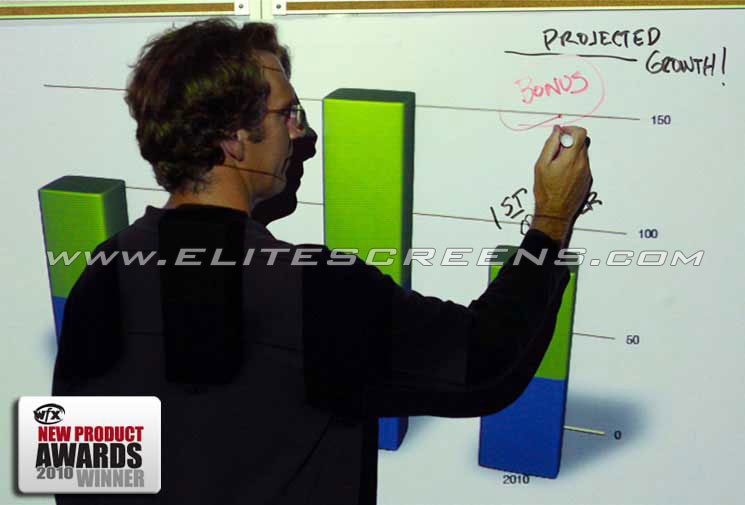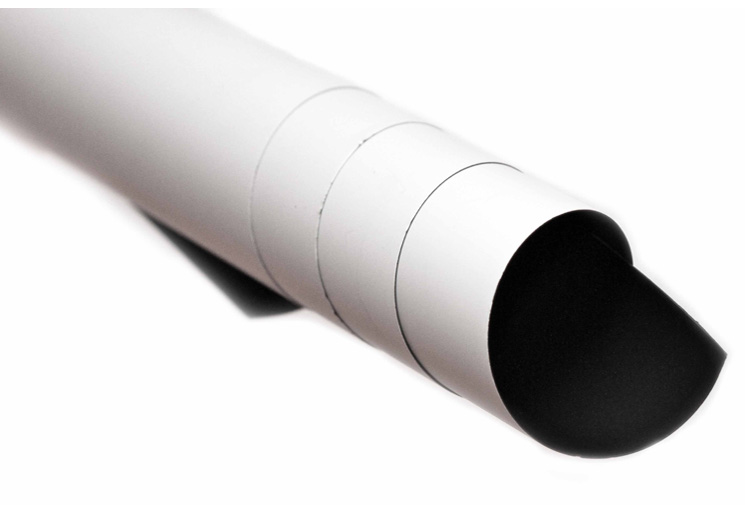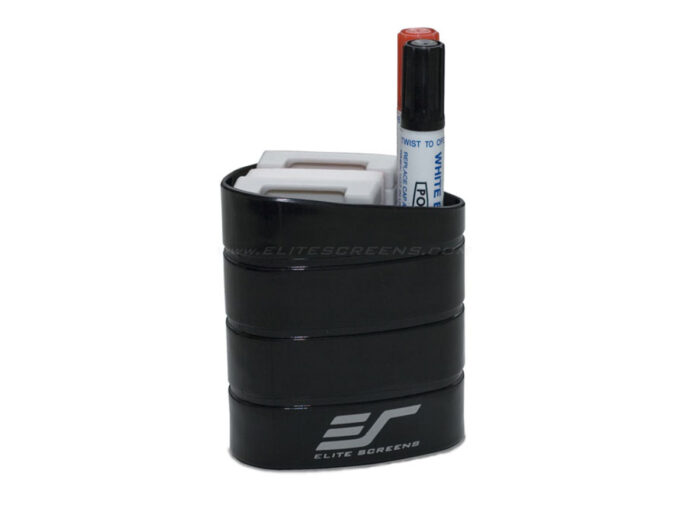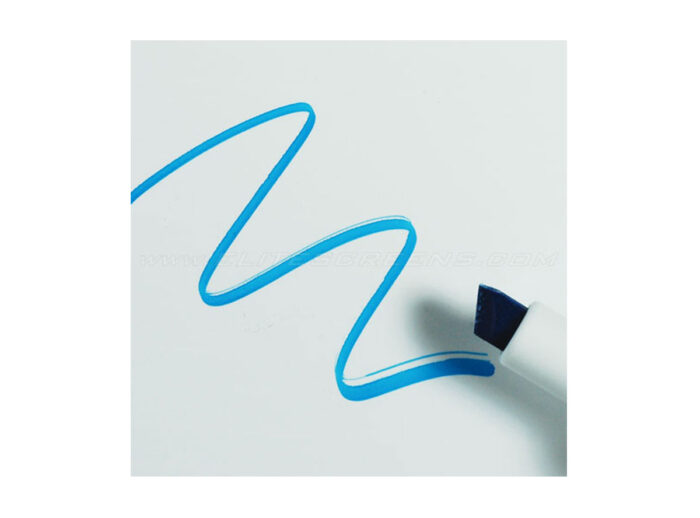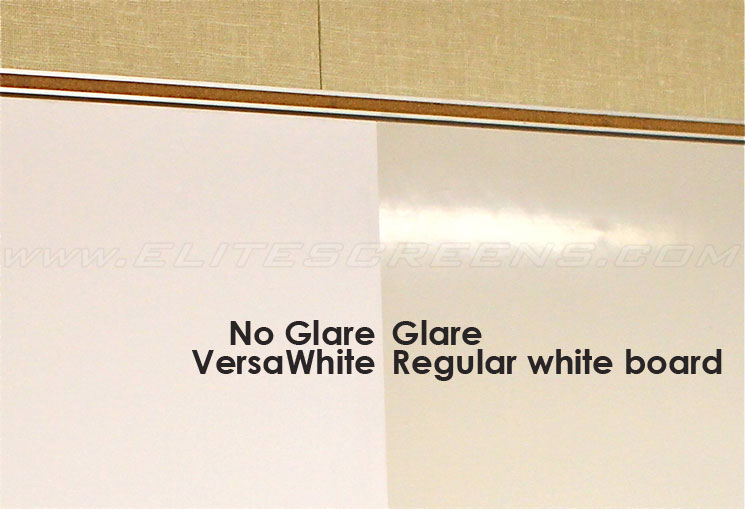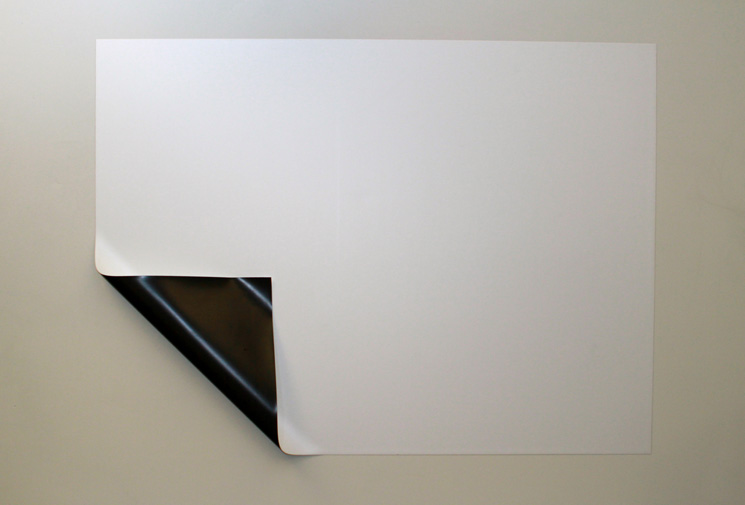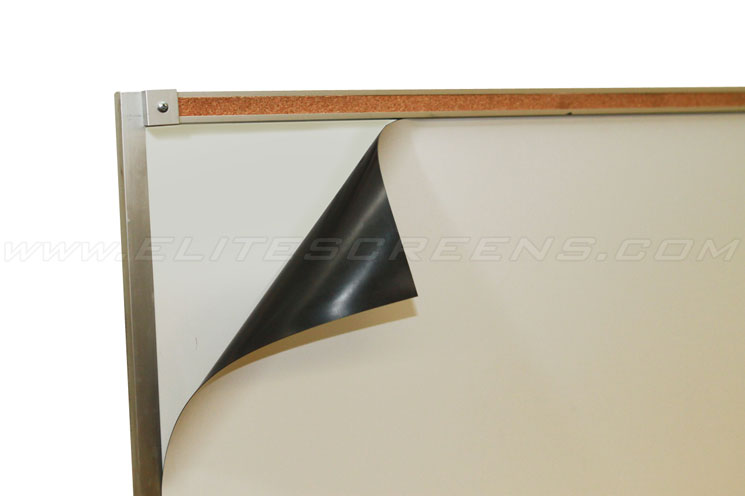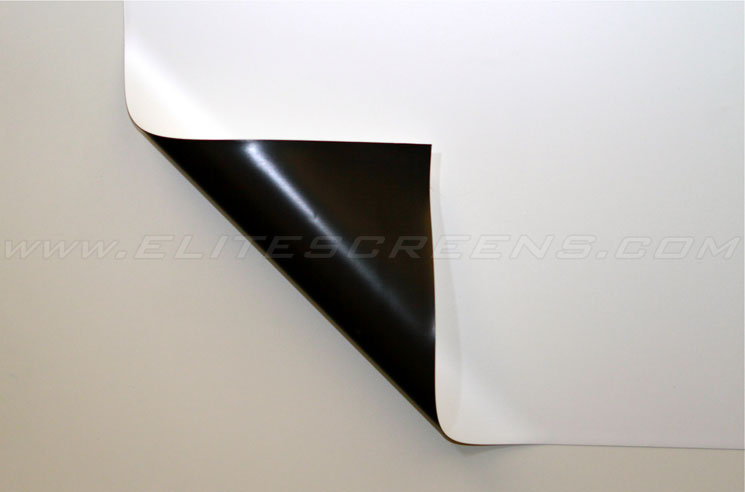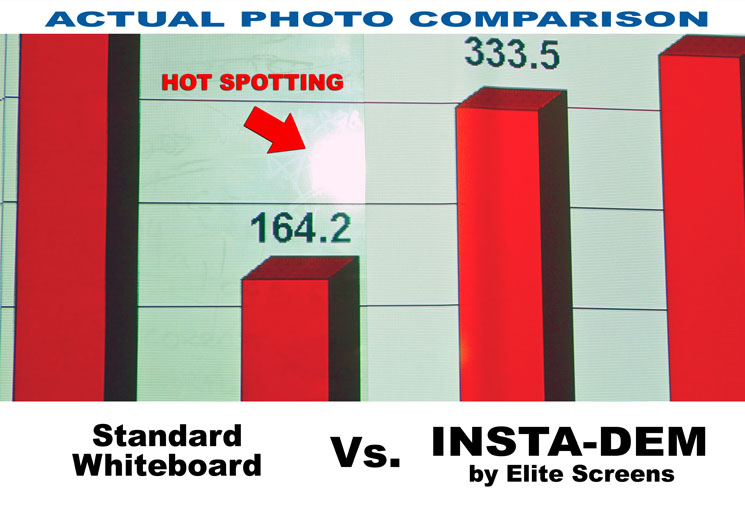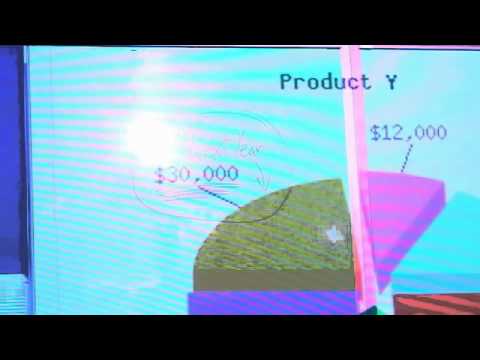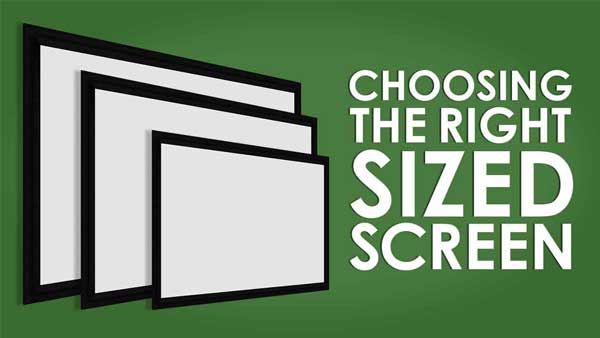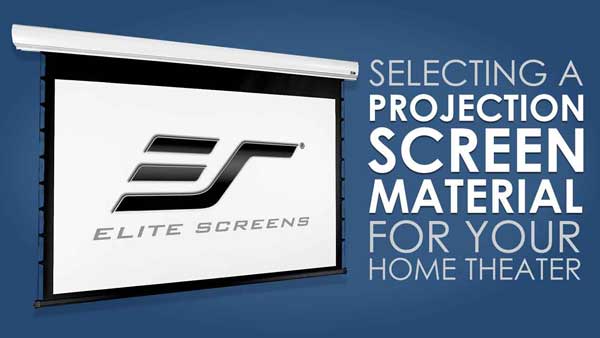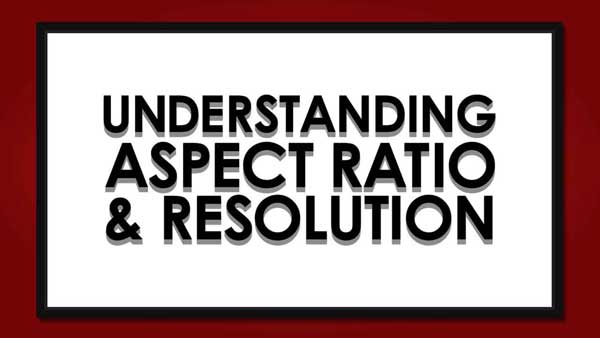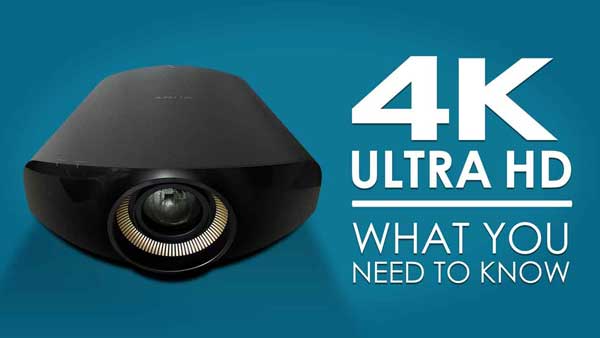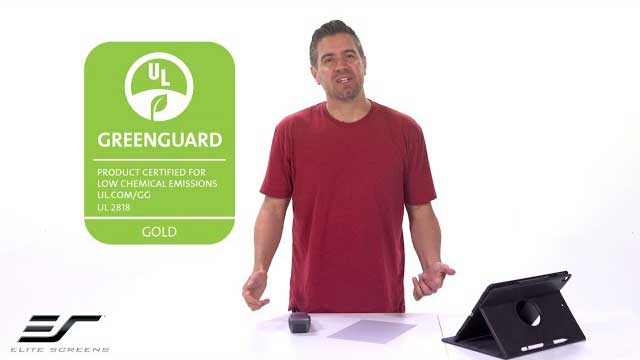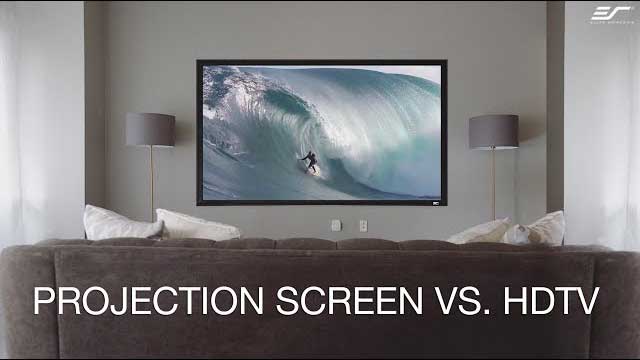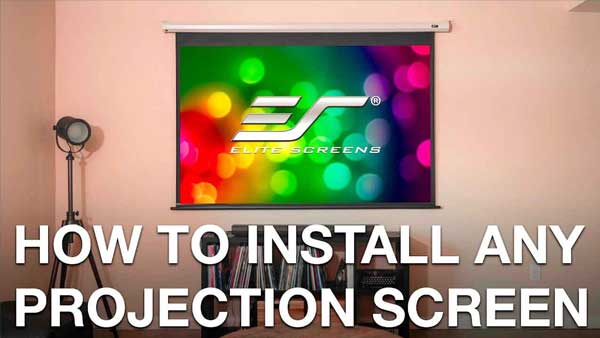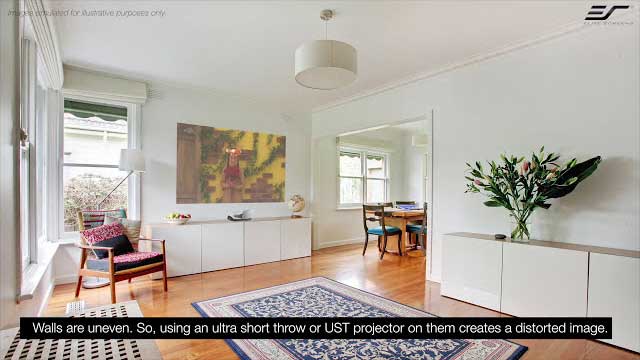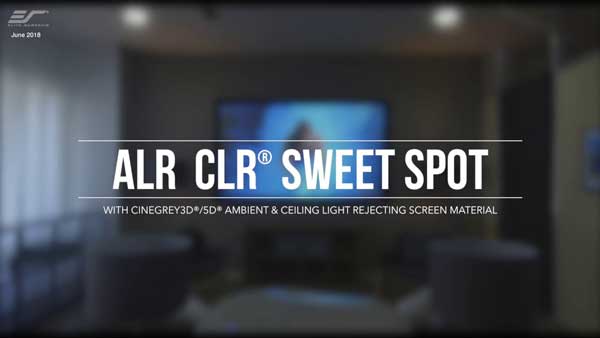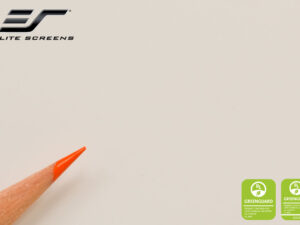Dry-Erase Whiteboard Screen
Insta-DEM Series
Instantly transform any magnetic surface into a dry erase whiteboard: The self-adhesive dry erase whiteboard projection screen with VersaWhite 1.1 gain material is the Ideal solution for short throw projectors and educational training facilities in need of both a projection screen and a writing surface.
- Buy a Screen Material Sample clicking here
| Product Weight | N/A |
|---|---|
| Overall Dims | N/A |
| Viewing Angle | 180° |
| Gain | 1.1 |
| Screen Material | |
| Compatible Projection | Ultra Short Throw, Short Throw, Standard "Long" Throw |
| Material Type | Dry-Erase/Projector |
Screen Material
- VersaWhite screen material surface is coated with a scratch-resistant optical nanotech resin to enhance the durability as a long term dry erase board
- Wide diffusion 180º viewing angle with 1.1 Gain
- Unique optical coating provides high diffusion uniformity and superior color reproduction
- 4K Ultra HD, Active 3D, and HDR Ready
- Available in the following diagonal sizes:
- 70″ in 4:3 format
Design and Installation
- Designed for the meeting room, educational and training facilities
- Dry erase whiteboard projection screen with magnetic backing
- Instantly convert any existing magnetic surface or standard whiteboard into a whiteboard projection screen
- No “glare” effect on projection surface as typically experienced on standard white boards
- Includes markers and erasers
Quality and Reliability
- GREENGUARD® and GREENGUARD® Gold Certified | UL 2818
- 2-year limited warranty, and 3-year warranty for ENR-G – Education, Non-profit, Religious and Government/Military organizations
- Lifetime Tech Support by Elite Screens Professional Service Team through Email, Phone or Online Form.
General Whiteboard Screen FAQ’s
Yes, both screen variants, the high gain WhiteBoardScreen™ and matte white WhiteBoardScreen™ Universal use a series of reflective and diffusion layers that are surfaced by Elite’s scratch-resistant optical nanotech resin. This creates a superior image that is free from the kinds of visual artifacts created by projecting directly onto a regular projection screen
Elite Screens recommends purchasing the high-density (soft-foam) whiteboard erasers from us since the dry-erase projection screen surface is unique and can only be properly erased with our erasers. Elite offers a 2pc. set of our erasers, please click here for more information. Alternative whiteboard erasers can be purchased by makers such as 3M. Please click here for more information on 3M whiteboard eraser products.
Before using the dry-erase function of your whiteboard screen, please make note of the following instructions to properly maintain and clean your dry-erase surface projection screen. (These Whiteboard cleaning tips are just as relevant with any dry-erase writing surface as they are with our Whiteboard-Projection Screens.)
1. Only use a high density foam eraser when removing dry-erase markings from the Whiteboard screen.
2. Do not use abrasive erasers as these may scratch the surface of the screen.
3. Never spray the whiteboard cleaner solution onto the surface while marker writing is present and then attempt to use a high density foam eraser to remove. This will only smear the dry-erase marker ink making the surface more difficult to clean and will likely ruin the foam eraser.
4. If there are any dry-erase markings left behind even after attempting to remove them using our high density erasers, spray our whiteboard cleaning solution directly onto the screen surface and use only a soft microfiber cloth to wipe-down and clean the area.
For a video demonstration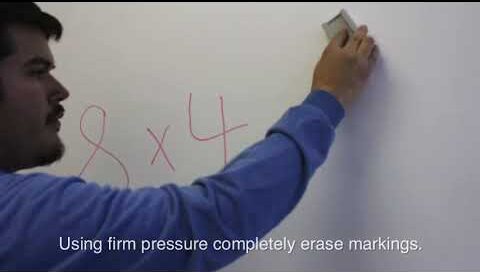
Projections can be Obscured
Projections can be obscured by people sitting in front of the projection source. Direct presentation screens, although more expensive, feed the presentation directly from the source-such as a laptop or desktop computer-into the screen, with no projection required.
A: Although direct presentation screens are great products, they come at an exponentially high cost when compared to whiteboard projection screens. This means it is unrealistic for most organizations to acquire them in any significant number. In regards to the problem with obscured images, this can easily be resolved by replacing a standard projector with a short-throw variant. Although standard projectors have been the mainstay of classroom presentations for a long time, the older classroom projectors are being quickly replaced by the new “short-throw” projectors. Short throw projectors are literally inches from the material allowing teachers and trainers to give presentations without “shadowing” the image. This next-generation product has been widely available to the general consumer for about the last 5-years and recent competition between the various projector manufacturers has led to great strides in its refinement as well as plummeting sales prices. Today, they are widely available to the general consumer at prices comparable to that of standard projectors.
Storage Space
Whiteboard projection screens require a lot of storage space or take up a lot of wall space if mounted on a wall. Pull-down projection screens, which mount in an extremely small space on the wall, take a lot less storage space.
A: Taking up wall space is a moot point since virtually all conference rooms, training facilities and classrooms already have open space allocated for the purpose of large format presentations with either a wall or free-standing mount. A good whiteboard-projection screen is made for the purpose of taking up as much or as little space as needed per the requirements of the training facility staff. Elite’s lines of Versawhite (“whiteboard” projection screen) material is made as either a wall covering (Insta-DE, Insta-DE2 & Insta-DEM) or as a hard-backed magnetic whiteboard/projection screen (WhiteBoardScreen™ Universal). A big selling point to Elite’s whiteboard/projection screen products is its space-saving dual-purpose design. This has made the Versawhite material sought after by educators who actually see the “pull-down” or “roll-up” projection screens an superfluous.
Sizing Issues and Setup
Fixed-size screens that don’t roll down from a wall often don’t match up to the height of the projection. They are frequently too high or too short, and the projection source has to be adjusted to accommodate the screen. Pull-down screens can be mounted high on the wall and can be sized big enough to pull all the way to the floor, saving time when setting up the projection.
A: Although the variable height settings of “pull-down” projection screens are convenient, most integrators naturally install the overhead projectors to align perfectly with the presentation board since it is already set at the ideal ocular viewing level for the class. Whiteboard projection screens are designed to replace this writing surface entirely or cover it completely. Either way, the screen is certainly going to be perfectly aligned with how the projector was properly installed. Pull-down screens work great with tabletop-standing projectors, but manual adjusting for a perfectly formatted image will need to be done regardless of whatever projection screen is used.
Damage to the Screen
If a whiteboard projection screen is set up permanently, people can be tempted to draw on it, particularly in a school setting with young children. Drawings done in many types of ink are extremely difficult to clean off. Roll-down screens can be set at a height that limits access.
A: Although sharp edges and non-“dry erase” pens can inflict irreparable damage to a whiteboard, they can do just as much damage to a regular hanging projection screen. Actually, a whiteboard projection screen is much more durable than a standard projection screen is. One method to repair such a mishap comes in the form of Elite’s various pliable Versawhite materials which can be used to cover over damaged areas or the damage can be removed and replaced altogether. If something like this happens to a pull-down projection screen, the only option is to buy another one.
Health Dangers
Many health officials have protested the use of whiteboard projection screens in schools, claiming that the projection beam can damage students’ retinas. Some students and teachers have reported feeling dizzy or dazed after looking at the projection beam or board. Direct presentation screens, which don’t require a projector, minimize the potential danger.
A: Here, the whiteboard presents a clear advantage. First of all, regular whiteboards are not designed to handle projection and produce glaring “hotspots” that can be harmful to the human eye over a prolonged period of time. The Versawhite (whiteboard/projection screen) material creates uniform diffusion so that the image is as soothing to the eyes as it would be on a regular theater screen. Second of all, when not in use for projected presentations, the Versawhite material is a fully functional whiteboard writing surface. Lastly, all of Elite’s Versawhite whiteboard/projection screens are GREENGUARD certified to not produce harmful indoor emissions that can be created by the synthetic compounds which regular projection screens and even whiteboards may be made of. Elite’s products carry both the standard GREENGUARD and the GREENGUARD Children & Schools certificates for indoor air quality. This means that Elite’s whiteboard-projection is not only a more effective solution but it is focused on preserving the health and safety of students and trainees as well.
Either screen will fully erase even the residual markings as long as our specialized whiteboard eraser is used. Both versions of the whiteboard screen are surfaced in a scratch-resistant optical nanotech resin that enables them to perform their dual-role. This surface allows either screen to be matte enough for a projected image without hot-spotting, but smooth enough to erase pen strokes. Because of the unique texture in its design, a regular store-bought whiteboard eraser will work but it may not completely clear away the residual markings. However, the grey surface of the Starbright™ 4 material does made difference to readily identify any residual markings over the bright white surface of the “white” WhiteboardScreen™ Universal.
Elite Screens recommends using our dy-erase markers. Additional markers can be purchased in a set, part number ZER3. Any other regular low-odor dry-erase markers brands such as EXPO are also ok to use.
After market dry-erase markers/pens and the cleaning solution can be used on Elite’s whiteboard projection screens products. We also have a starter kit available for purchase, please click HERE for more details.
For best results we strongly recommend using only Elite Screens whiteboard erasers and markers since the material is a unique dual projection and dry-erase surface. Please see Elite’s whiteboard projection screen starter kit HERE
Insta-DE/Insta-DE 2a/Insta-DE 2aF/Insta-DE 2/Insta-DEM Series
The Insta-DE 2a can only be installed on flat wall/surfaces. Do not install on textured walls as the thin film will not allow a smooth flat installation and the dry-erase function will not perform to its best capability. Therefore, this product should NOT be installed on textured walls.
The Insta-DE 2 can only be installed on flat wall/surfaces. Do not install on textured walls as the thin film will not allow a smooth flat installation and the dry-erase function will not perform to its best capability. Therefore, this product should NOT be installed on textured walls.
The Insta-DE includes a double-sided tape which can be self-applied to the backing.
To apply the Insta-DE2 to a MDF, please follow the instructions below:\ Preparing the Surface: Before applying the Insta-DE2, the application surface must be dry, clean, smooth, and structurally sound.
1. Clean the surface to remove any dirt, grease, and wax.
2. Fill any depressions or holes with a drywall compound.
3. Use sandpaper to smooth any bumps and blemishes. Sand until the surface is completely flat.
4. Prime the surface with a high-quality oil-based primer.
5. Sand the surface again.
Applying the Insta-DE2:
1. Measure and outline the screen installation area.
2. Evenly apply a thin coat of adhesive* to the installation area using a paint roller.
3. Wait for the adhesive to dry.
4. Sand the surface until no adhesive residue remains.
5. Spray water onto the surface to activate the compound glue in the adhesive.
6. Carefully unroll the Insta-DE2 over the installation area, using the measured outline as a guide.
*Elite Screens recommends using a strong adhesive material such as Shur-Stik Heavy Duty Clay Wallcovering Adhesive. You can purchase this product easily online, or consult with your wallpaper installer for other options.
The Insta-DE 2 includes a standards black velvet trim that will assist with:
1. Slight overshoot from the projector and
2. Preventing the user from accidently writing on the wall
In addition to the standard black velvet trim, Elite Screens offers an optional aluminum frame border and pen tray. The frame trim acts as a bottom border making it very similar to a framed white board. We strongly recommended considering the bottom frame if the screen will be installed in classroom/training settings in which the dry-erase functions will be frequently used.
The Insta-DEM is a combination of scratch resistant layer on top of the diffusion layer backed by a magnetic surface.
Yes, the Insta-DE, DE 2, DE 2a, and DE 2af can be cut to size. It is strongly recommended to use a long ruler and a sharp blade such as an exact/utility knife or a precision cutter tool to make a smooth precise cut. Make sure the blade is new.
In regards to the primer, Elite Screens recommends using PROFESSIONAL R-35 Primer (Click Here for an example). Elite Screens does provide a standard adhesive powder compound for installing our Insta-DE2 screens. If you would like your Insta DE2 or large size Insta DE screen to have a professional-grade finish that is flat, durable, and free from imperfections, you may be able to do so by creating a stronger adhesive (Elite Screens strongly recommends hiring a professional wallpaper installer for best results). Follow the steps below to create an adhesive compound that is stronger than the adhesive provided:
1. Combine the adhesive powder that is provided by Elite with 27oz of water. Once mixed this should give you about 30z of a liquid glue compound.
2. Pour 15oz of that adhesive compound into a separate container/bucket.
3. Add 15oz of Elmer’s All white glue to the 15oz of adhesive compound liquid. Mix until compound is uniform in texture an appearance.
4. You can now use this new, stronger compound to install the insta-DE / insta-DE2 to your wall.
This method will work for insta DE and Insta-DE2 sizes up to 5’x10′. For sizes larger than 5’x10′, you would need to increase the amount proportionately. Examples: 5’x20′ would require double the amount of adhesive, 5’x30′ triple the amount, etc.
2-year limited warranty, and 3-year warranty for ENR-G – Education, Non-profit, Religious and Government/Military organizations
Lifetime Tech Support by Elite Screens Professional Service Team through Email, Phone or Online Form.

